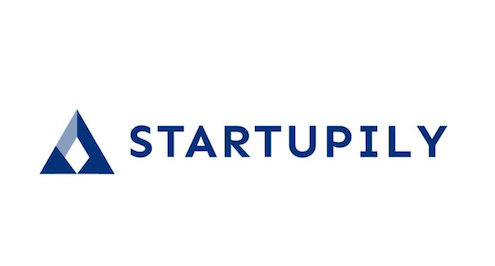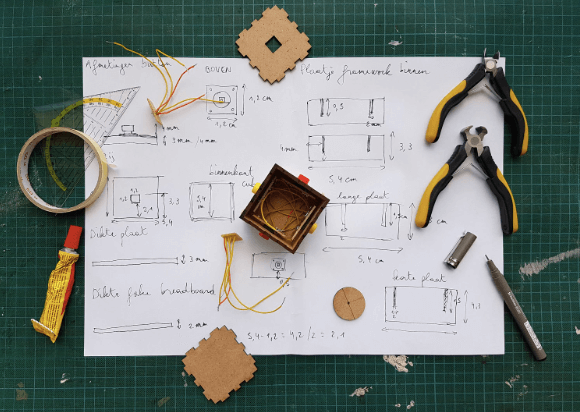For many startups, the main challenge isn’t coming up with a great idea, but getting a prototype off the ground. Prototyping is a crucial part of the overall manufacturing process, a focal point for potential investors, and a way to showcase your brilliant idea to your potential customers.
So how can you make that transition from planning to prototyping? Here are five tips for getting your startup’s prototype off the ground.
Knowing Your Research
The most significant hurdle you’ll have to overcome when trying to get your prototype off the ground is research. To create something that has merit, you need to look past the basic “hows” of research and dive into the “whys” and beyond. How will you create this product at a prototype level and how will that scale up? Why is that method best and who needs to be involved? Who are your customers and what value are you bringing them?
Your research will create the structure of your overall manufacturing plan and force you to start sourcing suppliers and experts to help with the process. If you need someone who knows how to create the world’s best prototypes and precision parts, you need to know early to be able to allocate resources accordingly.
Start Rapport Building Yesterday
Don’t wait until you’ve got a finished prototype to start vetting potential investors. Start building awareness about your project and networking well in advance of the time you’re ready to make a formal pitch. Be sure that you’re not talking about your product and your business, but showcasing your knowledge on relevant industry trends and practices.
This is an important step in getting your prototype off the ground because it creates a basic platform on which to build a pitch. In other words, you won’t face the added challenge of cold calling on potential investors. Cultivate those connections early.
Have a Realistic Outlook
Being negative and taking things to heart will cause your startup to burn out and your prototype to stay grounded. The truth is, your idea is going to get rejected. Probably more than once. That doesn’t mean your idea has no value. You haven’t found the right investor or customer, or you need to make some adjustments.
On the other side of the equation, being too positive can also be damaging to your progress. You need to be able to be realistic in your forecasting as well as how you sell your prototype to interested parties. Thinking that you’re going to make millions in your first year and spending as though you’ll get it back right away will bankrupt you. Take a realistic approach, be candid with your investors, and prepare for long-term, stable success.
Don’t be Afraid to Negotiate
You don’t have to take the first investment offer you receive to support bringing your prototype to fruition. You don’t have to agree to the first manufacturing quote you’re given. Negotiate for more (or less when suppliers are involved). Find an agreement that both parties can settle on and close the deal quickly.
Investors will often low ball a startup, even when they have a lot of faith in the prototype. Everyone has an agenda; make sure you know yours going in.
Know that the Work Never Ends
Getting an investor to support your prototype, finding vendors and suppliers who can help with the prototyping and manufacturing process, and having a strong marketing strategy is just the beginning. Once you have that yes, the real work begins; now you have to deliver on your promises.
Keep your research up to date. Test and adjust your prototype until you have something that’s ready to be scaled up. Always be looking ahead at how to keep your business alive during tumultuous times. Determination and dedication are essential for getting your startup’s prototype off the ground, and keeping it afloat.




